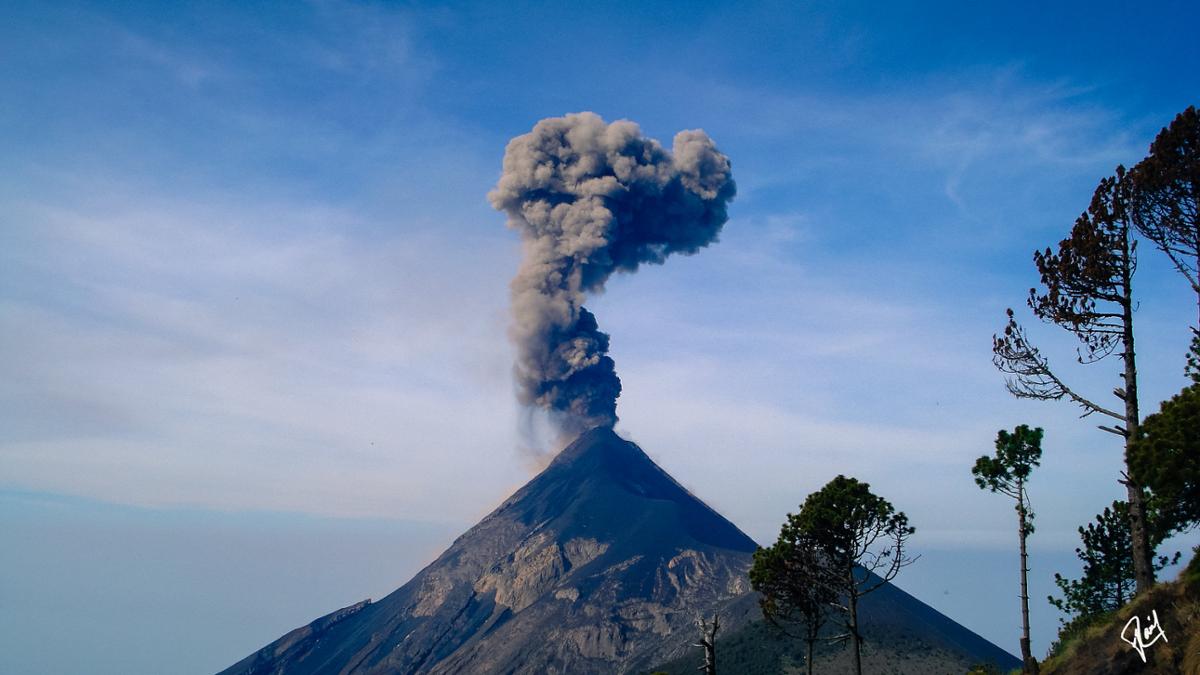450 million years ago, the Earth was going through a rough time—the planet cooled down dramatically, leading to a glaciation, and soon the planet was seeing one of the most dramatic mass extinctions in its history. The Earth lost over 85% of species living in its oceans during this period, which scientists call the Late Ordovician Mass Extinction. Dramatic die-offs such as these alter the course of evolution, so it’s safe to say that this event helped shape life on Earth as we know it today.
Scientists noticed that these two events—the glaciation and extinction—coincided with two huge pulses of volcanic activity. Usually, we associate volcanic eruptions with a release of CO2 into the atmosphere, which causes global warming, not cooling. While the climate may have warmed in the short-term, that trend didn’t last in the long-term. Volcanic eruptions also mean that large amounts of volcanic material are deposited into the oceans, where the volcanic material goes through chemical alterations that include the release of phosphorus.
More phosphorus in the oceans can increase the productivity of marine organisms such as algae. These organisms use photosynthesis to pull CO2 from the atmosphere and convert it into organic matter. When the organisms are eventually buried in the ocean floor, the CO2 goes with them, reducing the amount of CO2 in the atmosphere. Over time, and if it happens on a large enough scale, this reduction of CO2 results in global cooling. That’s why scientists think volcanic activity could explain the glaciation and extinction events seen in the Late Ordovician.
So do volcanic eruptions warm or cool the Earth? The answer is: yes.









